Outsourcing prototyping and commissioning contract
manufacturing pays off
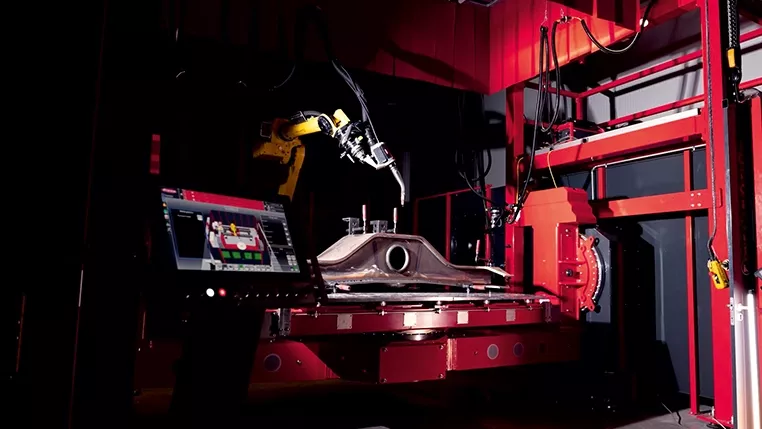
Expertise in welding technology and metallurgy
The development of innovative products usually
runs parallel to technical progress. New, difficult-to-join metals are often
used in complex designs, such as high-strength steel or aluminum, magnesium,
and titanium alloys. In order for these materials to be welded to a high
quality, extensive specialist knowledge is required—both in welding technology
and metallurgy. High temperatures and rapid cooling times change the
microstructure and significantly influence the mechanical properties of the
components. If the wrong welding parameters are selected, this can lead to
undesirable residual stresses, fusion defects, pores, cracks, or welding
notches. Filler metals and shielding gas mixtures can also influence the
properties of a weld. Contamination, for example with carbon, can have a
negative effect on ductility (the ability of a material to deform under load
without breaking).
Feasibility studies—the first steps in prototyping
Welding new types of components and materials is
associated with both legal and financial risks. Nobody wants to imagine what
could happen if structural components of buildings, bridges, ships, vehicles,
or airplanes were inadequately welded; it is therefore not only large
industrial enterprises but also smaller firms that rely on feasibility studies
and prototyping. If welding robots are to be used on the production line,
simulations can help. With suitable software and virtual prototypes—so-called
digital twins of physical components—strategies can be developed to avoid
welding errors. Interfering contours and singularities are detected at an early
stage, and measures to minimize distortions and stresses can be planned by
integrating clamping devices.
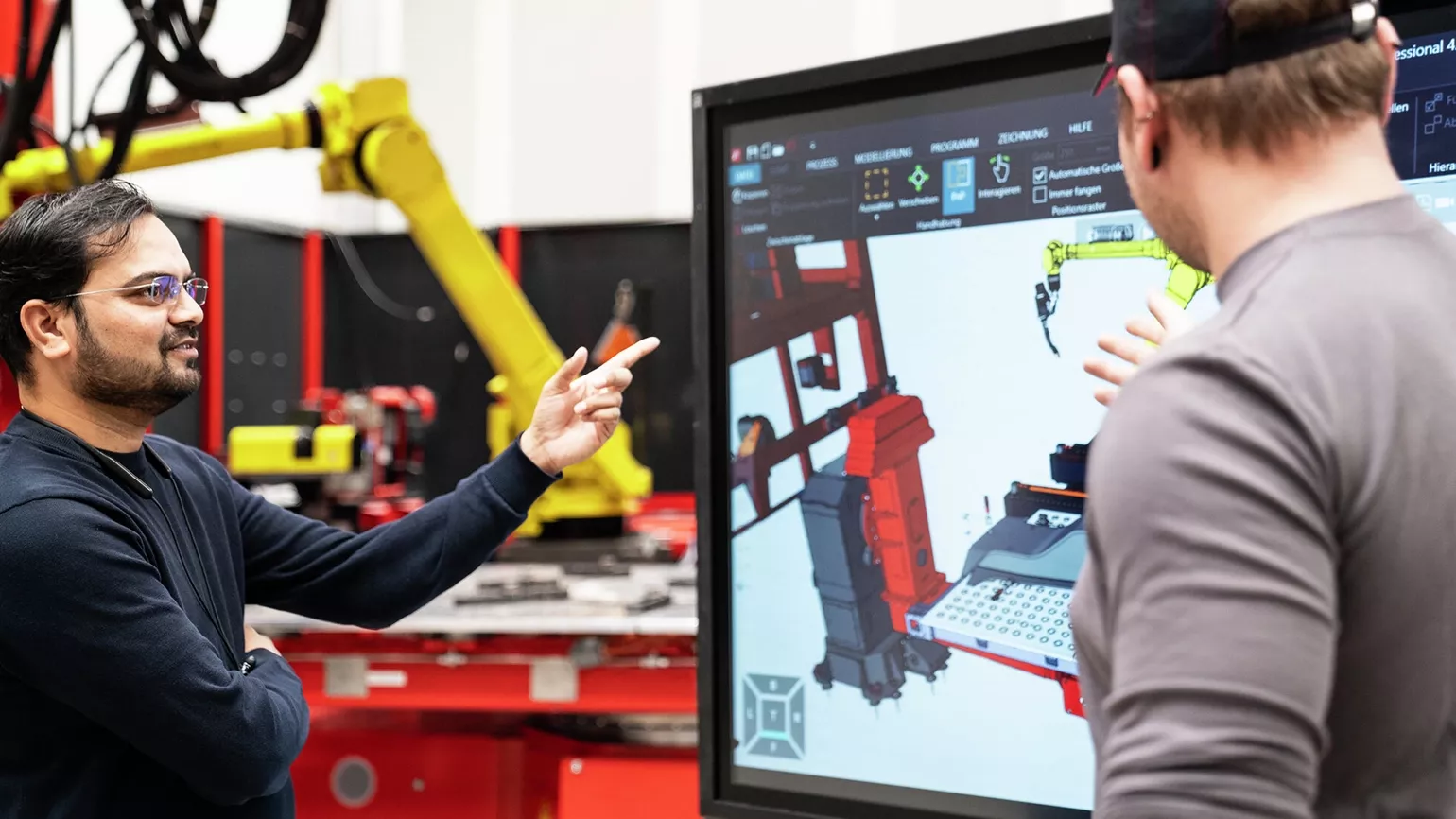
Welding tests reveal valuable data
As soon as the feasibility tests have been
successfully completed, the welding tests on the physical component begin and
the first prototypes are created. Depending on the base material and seam
geometry, different sensors are used for weld seam detection and quality
assurance. Welding data management software records every single parameter such
as wire feed speed, voltage, or amperage, and ensures the subsequent
reproducibility of welds.
Following the joining work, the components are measured to detect any warpage. Where the necessary resources are available, the welded components are tested in the laboratory. In addition to non-destructive testing, destructive testing methods are also used here. Common methods are ultrasonic, dye penetrant, and X-ray tests as well as tensile, bending, and notch impact tests. Prototyping is an iterative process in which prototypes are repeatedly adapted and refined based on the knowledge gained.
Following the joining work, the components are measured to detect any warpage. Where the necessary resources are available, the welded components are tested in the laboratory. In addition to non-destructive testing, destructive testing methods are also used here. Common methods are ultrasonic, dye penetrant, and X-ray tests as well as tensile, bending, and notch impact tests. Prototyping is an iterative process in which prototypes are repeatedly adapted and refined based on the knowledge gained.
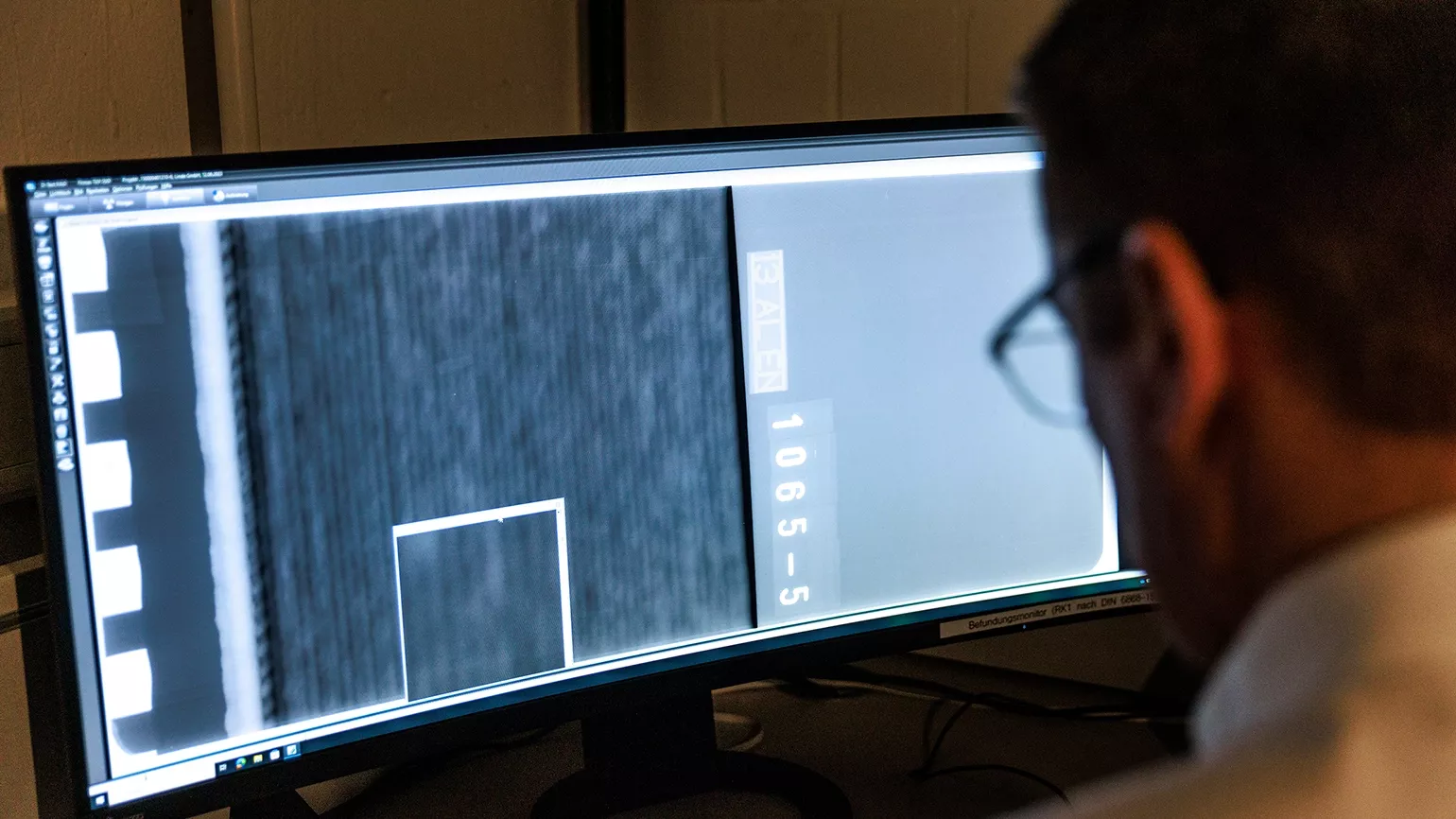
Purchasing welding expertise reduces costs and risks
In such a dynamic environment as we find today in both
the industrial and commercial sectors, not every company can meet every
challenge. Sometimes there is a lack of skilled personnel, fully automated
high-tech welding systems, and production lines. Robot welding cells cost
hundreds of thousands of dollars and qualified programmers are anything but
cheap.
It may therefore be more sensible to outsource feasibility studies and prototype production before immediately investing in new systems, employees, and products. This provides valid parameters for the start of production as well as for integrating new welding systems. By outsourcing the welding-relevant tests during the product development phase, companies can save themselves a considerable amount of the costs and risks that are always associated with developing new products. Equally as valuable is the ability to learn what will definitely not work—and thus to avoid future mistakes.
It may therefore be more sensible to outsource feasibility studies and prototype production before immediately investing in new systems, employees, and products. This provides valid parameters for the start of production as well as for integrating new welding systems. By outsourcing the welding-relevant tests during the product development phase, companies can save themselves a considerable amount of the costs and risks that are always associated with developing new products. Equally as valuable is the ability to learn what will definitely not work—and thus to avoid future mistakes.
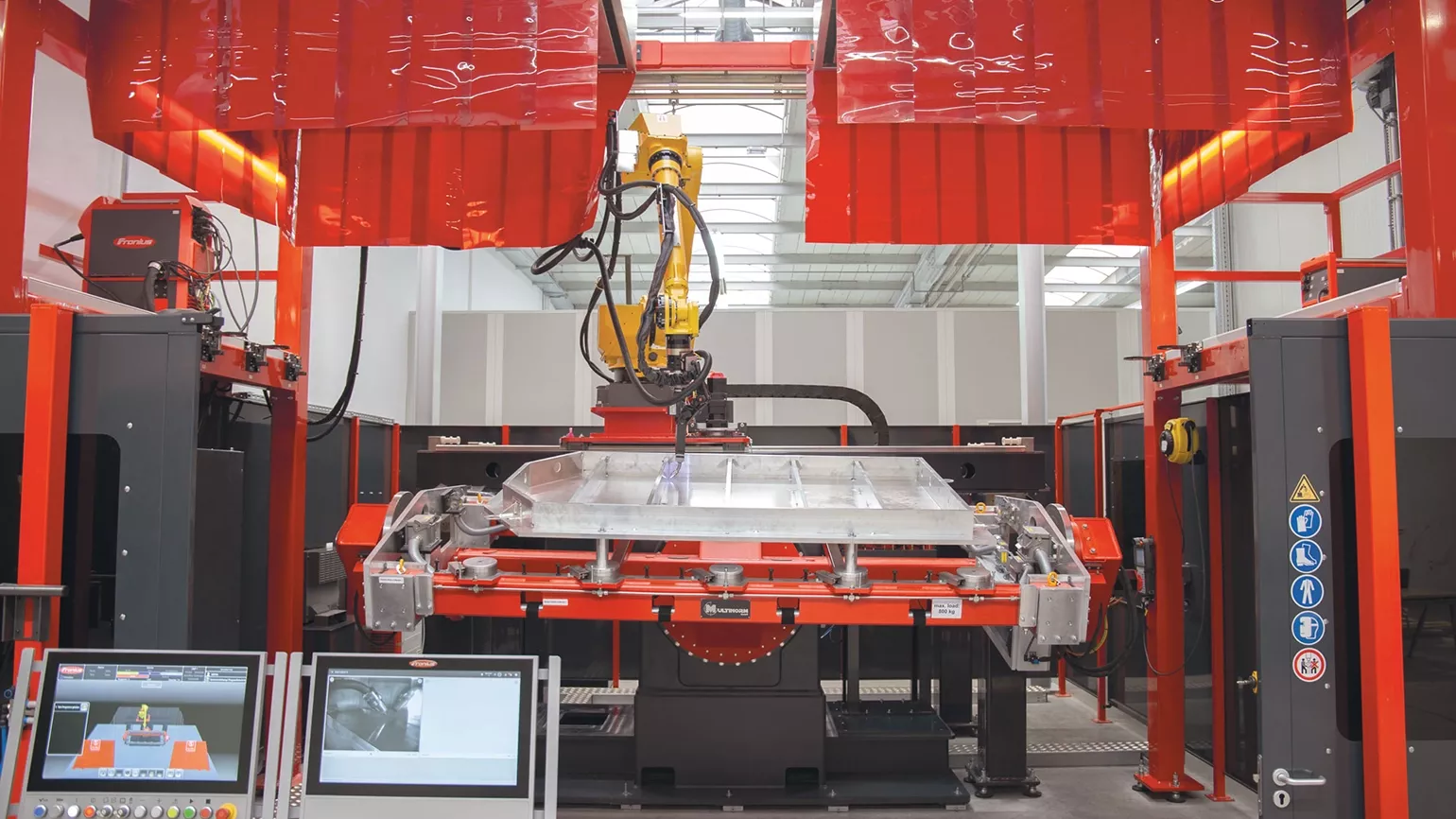
Fronius supports the welding of critical components
We offer metalworking companies a customized
service in compliance with the relevant standards, consisting
of feasibility studies and prototyping as well as pre-series and series
production. Our experienced, certified welding professionals support commercial
and industrial customers with state-of-the-art technology and comprehensive
expert knowledge in joining difficult-to-weld components and materials.
Feasibility studies are initially carried out at the Fronius site in Wels, followed by prototype production if requested. This requires that our client submit their welding specifications as well as the 3D data of components and clamping devices. We then perform a virtual analysis of this information, in order to draw conclusions about weldability, accessibility, and cycle time. Problems that arise are discussed together with the customer and optimization and solution options are developed.
Feasibility studies are initially carried out at the Fronius site in Wels, followed by prototype production if requested. This requires that our client submit their welding specifications as well as the 3D data of components and clamping devices. We then perform a virtual analysis of this information, in order to draw conclusions about weldability, accessibility, and cycle time. Problems that arise are discussed together with the customer and optimization and solution options are developed.
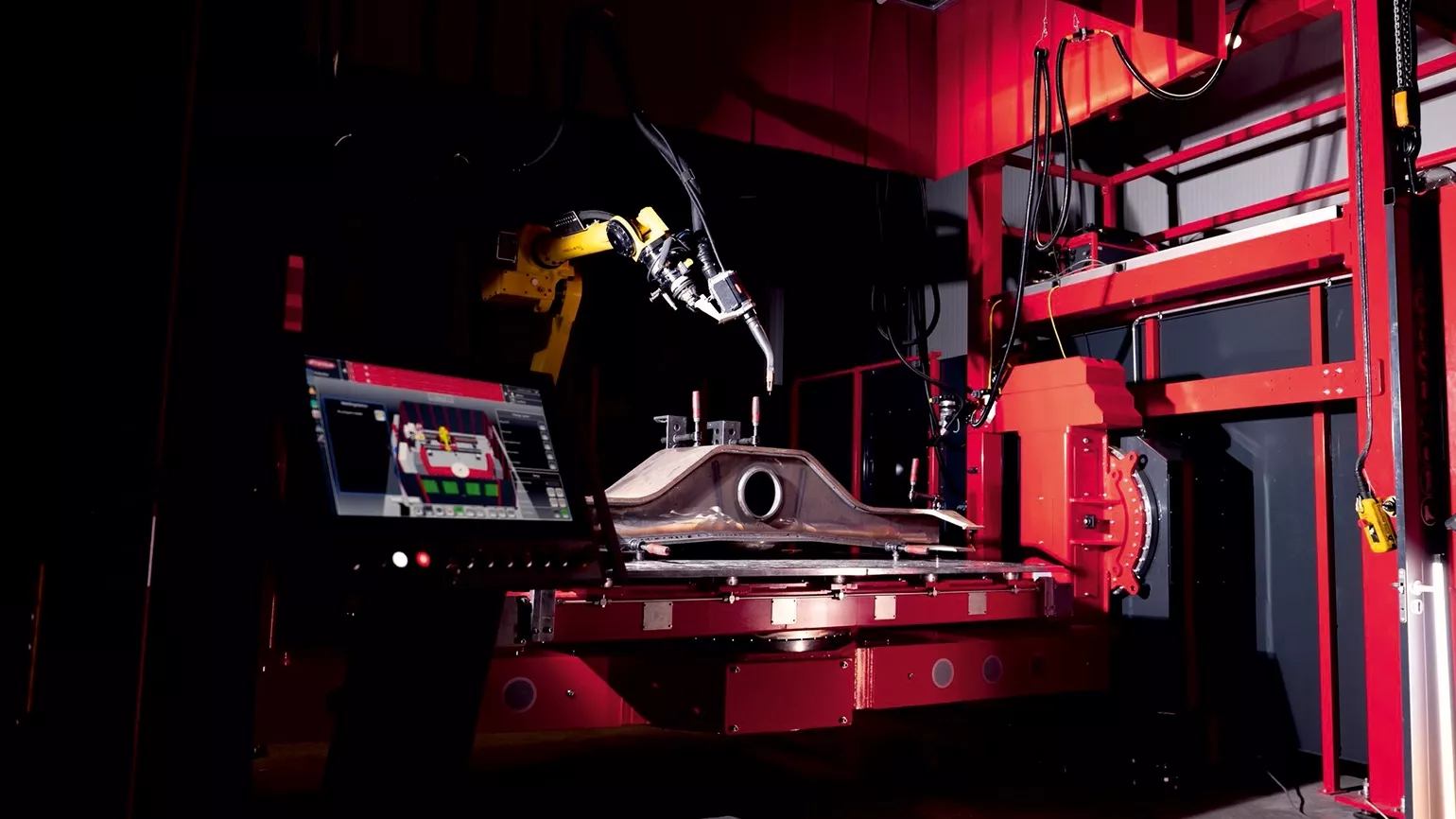
Complete service package—from the feasibility study to the finished product
As soon as valid welding data is available and the
first prototypes have been successfully welded, we develop a production concept
and, if requested, take over the series production; if this is to take place at
the customer’s premises, we can also design, build, and supply all the
customized robotic welding systems needed on request.
Furthermore, on-site commissioning services, employee training, and regular maintenance and calibration of the systems are all part of the comprehensive service package, which is supported around the world by a network of 38 subsidiaries and Fronius Sales and Service Partners in over 60 countries.
Furthermore, on-site commissioning services, employee training, and regular maintenance and calibration of the systems are all part of the comprehensive service package, which is supported around the world by a network of 38 subsidiaries and Fronius Sales and Service Partners in over 60 countries.
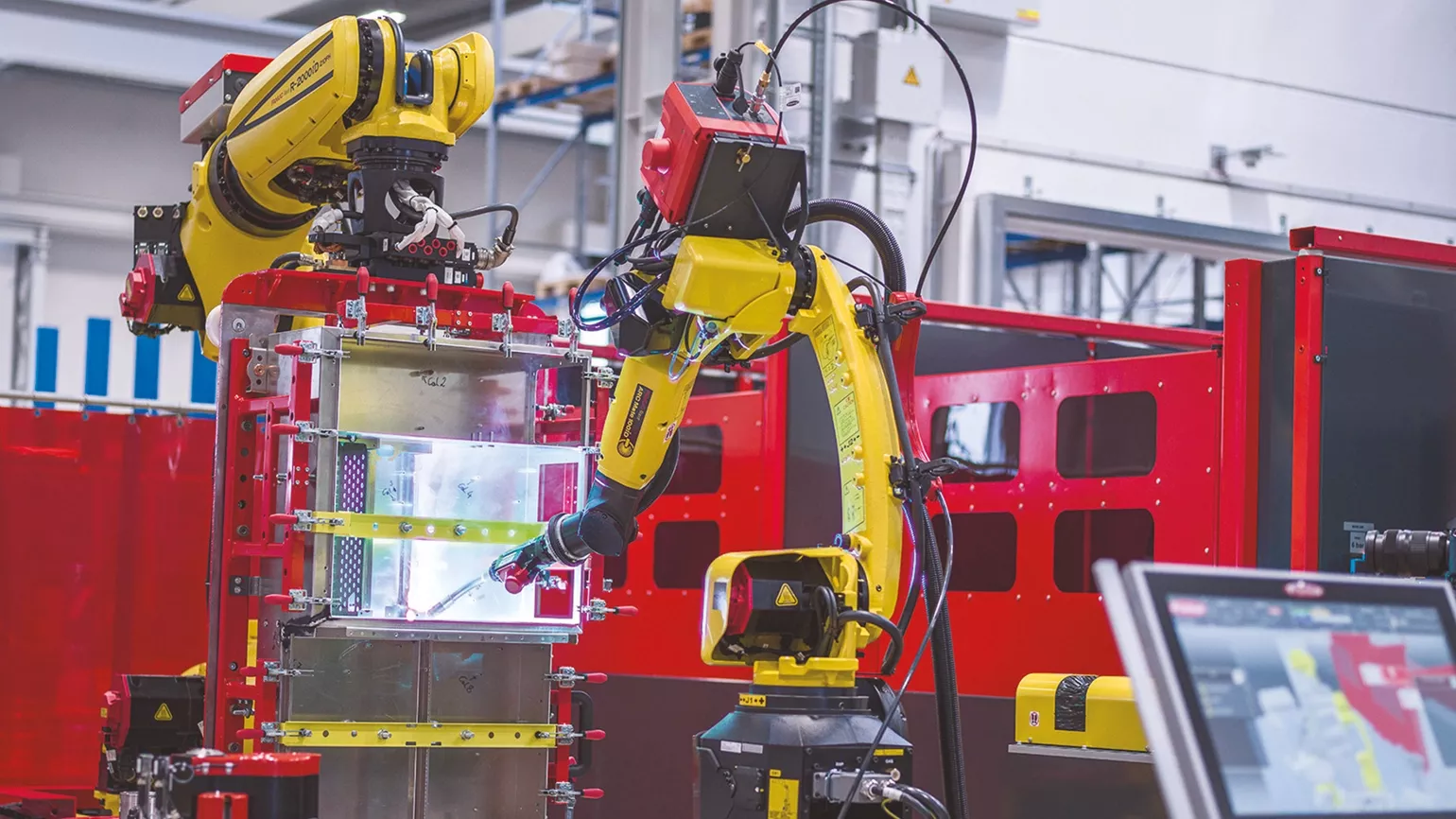
Additive manufacturing on the rise
Additive
manufacturing places specific requirements on the
welding process. This technology enables complex, custom-designed components to
be produced with high precision and low material consumption. One example of
this is pipeline construction, where completely new standards and requirements
are currently under development. As a member of the “Joint working group for
additively manufactured components under the Pressure Equipment Directive of
the German Institute for Standardization (DIN)”, at Fronius we are at the
forefront of this work. Working in collaboration with MIGAL.CO, Linde
Engineering, and TÜV SÜD, we took part in the model qualification
of an additively welded pipe branch in the form of a pressure vessel. The
working group assessed the applicability of the draft standard prEN 13445-14 to
the components of unfired pressure vessels. This collaboration resulted in our
new Fronius Additive Pro characteristic for the Wire Arc Additive Manufacturing
(WAAM) process, which enables fast, cost-efficient, and precise component
production.
